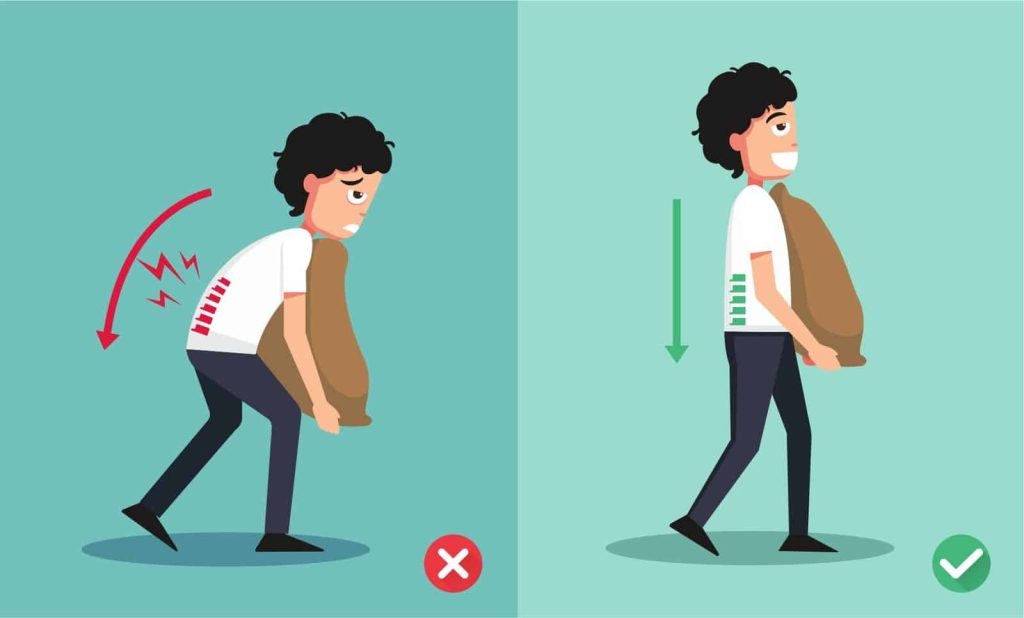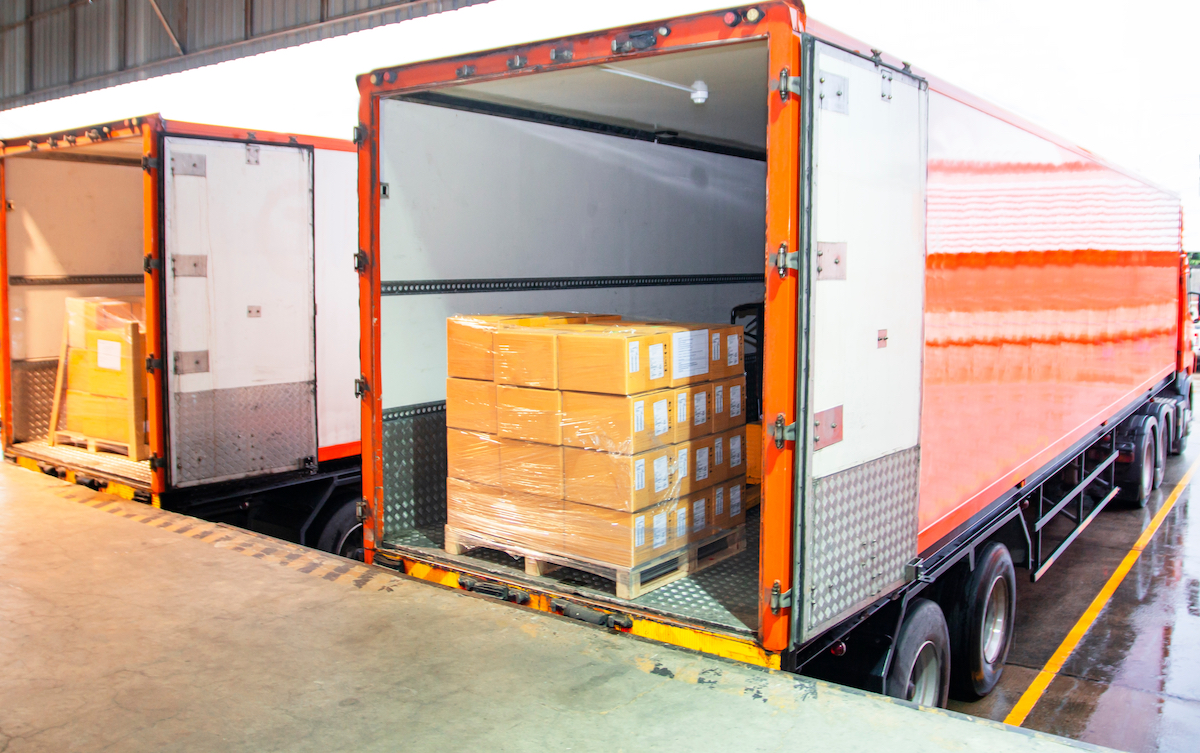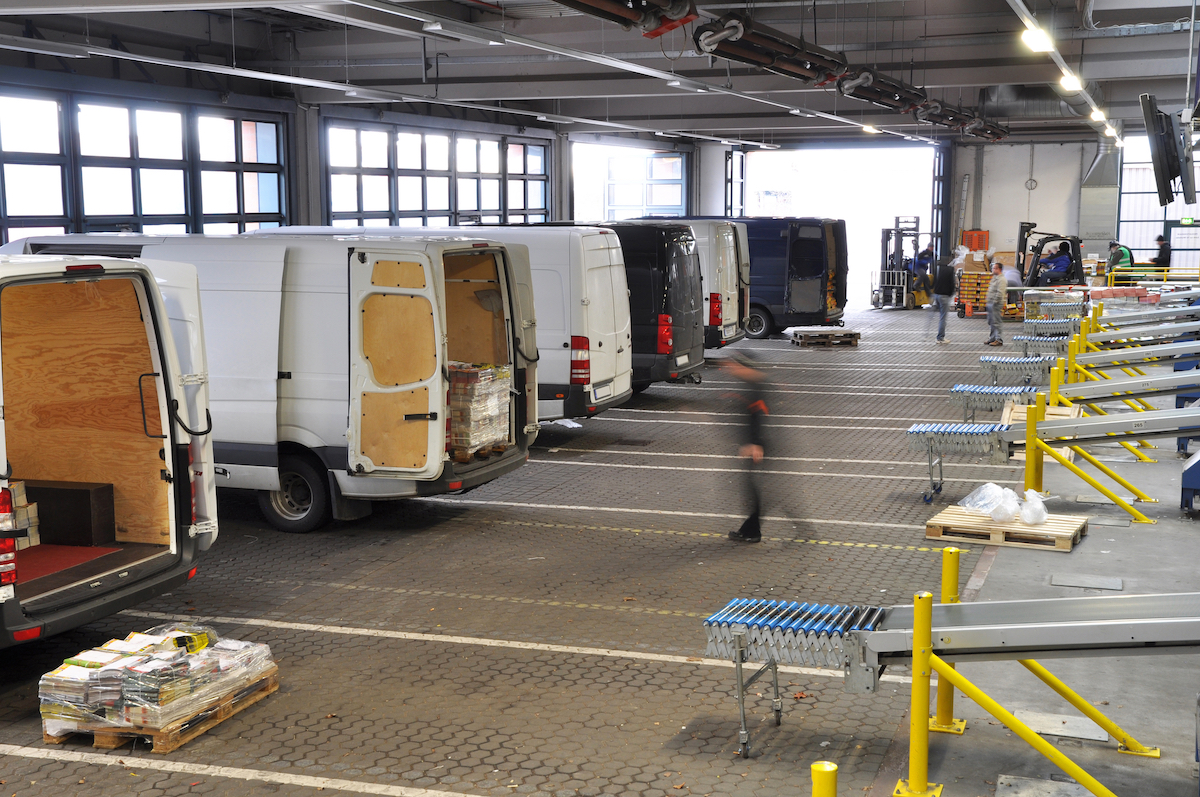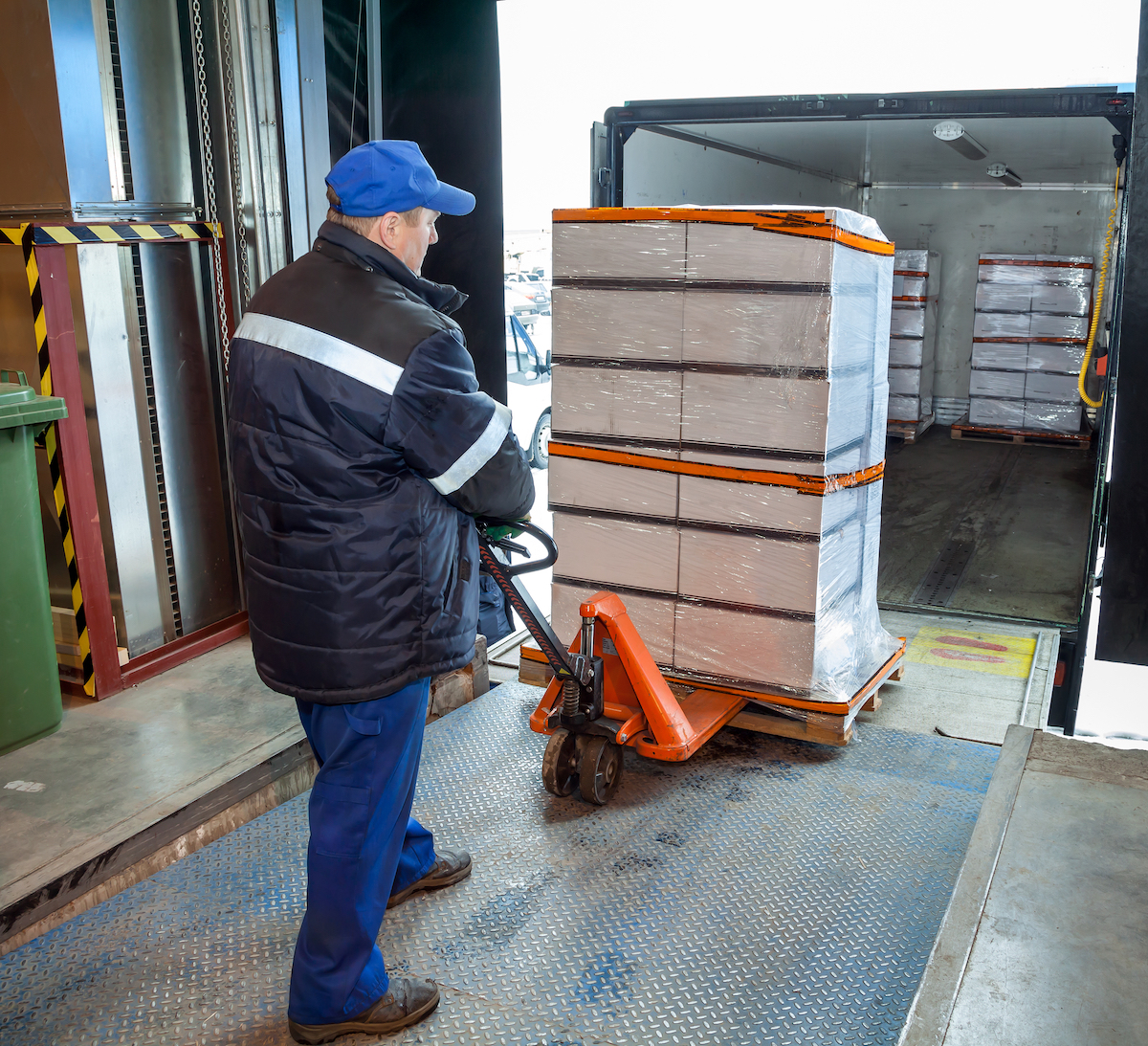Vehicle Loading and Unloading: Keeping Your Workers Safe

For many businesses, loading and unloading trucks is a daily activity. This activity also comes with a higher risk of employees getting injured on the job. Loading and unloading motor vehicles is one of the most common causes of workplace injuries in the manufacturing, distribution and courier industries. From forklift accidents to falling materials, employees in these industries must be focused and aware at all times to prevent serious injuries. This article will provide valuable tips businesses and employees can implement right away to keep workers safe during vehicle loading and unloading.
Most Common Injuries

Loading and unloading cargo are activities which heighten the chance of workplace injuries. Some of the most common workplace injuries related to vehicle loading and unloading include:
- Sprains and strains from improper lifting or handling of cargo
- Crushing injuries caused by colliding with a forklift, truck, falls from loading docks, or falling stacked materials
- Bruises and cuts
- Spinal injuries from improper loading, unloading, falls or being crushed
- Head trauma from falling cargo
These injuries can range from minor to serious, showing how important it is for businesses to set the proper standards for how employees should be loading and unloading. Injured workers create financial and operational challenges for businesses. Keeping employees safe, aware, and engaged while at work will help cut down on the risk of injuries related to vehicle loading and unloading.
Safe Vehicle Loading & Unloading Checklist
Loading and unloading cargo can be a dangerous activity. It is always a good idea to have documentation which communicates proper procedures that keep employees safe. This simple checklist below will help keep your employees safe and your business operations running like a well-oiled machine.
#1 Ensure vehicle is stopped, braked, and stabilized before loading/unloading

This is the most important step when it comes to loading and unloading activities. Workers must ensure the vehicle they are loading/unloading is stopped, braked, and stabilized before any other actions are taken. Trying to unload unstable cargo from a vehicle can be the quickest way to severe or even fatal injuries that can be easily avoided by simply being patient.
#2 Loading areas should be well lit at all times

Don’t keep workers in the dark. Lighting is crucial for any business where vehicle loading or unloading is a routine activity. If workers do not have a clear, well-lit environment to work in, this is an accident waiting to happen.
#3 Loading areas should be free from hazards
All loading areas should be free from hazards that can create scenarios where injuries occur. Potholes, debris, and other hazards should be removed from areas where loading activities occur. Businesses will have a lesser chance of injuries to workers if there are fewer hazards for employees to work around.
#4 Loading area should be free of traffic
Forklifts are crucial for loading and unloading operations. However, they can be a primary source of employee injuries. Loading areas should always be one-way when it comes to forklift traffic. This keeps workers safe while avoiding the risk of employees being struck by backing up forklifts. Keeping the loading area free of traffic also applies to employees. There should never be any loitering or unauthorized personnel in the loading/unloading areas. This only creates distractions and hazards which can quickly escalate to disaster.
#5 Ensure loads are secured and arranged properly before transport

Loading activities are not completed until the cargo is safe, secure, and arranged properly for transport. This not only keeps the driver safe but also keeps workers on the unloading end safe. Shifting cargo can create significant hazards for dock workers and drivers that can lead to severe injuries. Taking the time to double check cargo before shipping it off is a great way to lower risk of injuries on both ends.
#6 Teach Employees Proper Technique
Instruct employees in important key techniques to help prevent strains and sprains. Considering the weight and shape of a load is vital before engaging in the task of moving it. Be sure that drivers and handlers put their feet apart for a wide base of support and then engage their core muscles. Follow safe lifting rules like maintaining a neutral back and bending with your hips and knees, and changing direction with your whole body rather than twisting. When handling lids or covers from loads, advise your employees to avoid lifting them overhead. Share with them this simple reminder checklist:
Safe Lifting Refresher
Think
- What is the size/shape of the item?
- How much does it weigh?
- Will you need help lifting?
- Should you utilize a lifting device?
- Is there a clear pathway to travel in?
- Know your surroundings when moving objects
- Decide where items will be placed before lifting
- Listen to your body, especially while moving
Prepare
- Maintain a wide base of support
- Prepare your trunk muscles
- Maintain consistent breathing
- Awkward motions can cause multiple injuries
- Shortcuts can lead to mistakes and wasted time
Act
- Maintain a neutral back
- Keep the load close
- Turn the whole body, not the trunk
- Avoid lifting over head
- Bend your hips/knees if possible
- Take recommended rest breaks
- Focus on related assignments
- Limit unrelated multi-tasking
Wrapping Up
At the end of the day, every business wants their employees to come in and out of work safely. This is key to keeping employees engaged which increases focus and awareness on the job. Vehicle loading and unloading can be hazardous, but with a simple plans and procedures like the custom ones provided by industrial athletic experts at Work-Fit, the risk of employee injuries can be lowered substantially. Help keep your employees and business safe with clear, concise vehicle loading and unloading practices. Your employees and bottom line will thank you.



